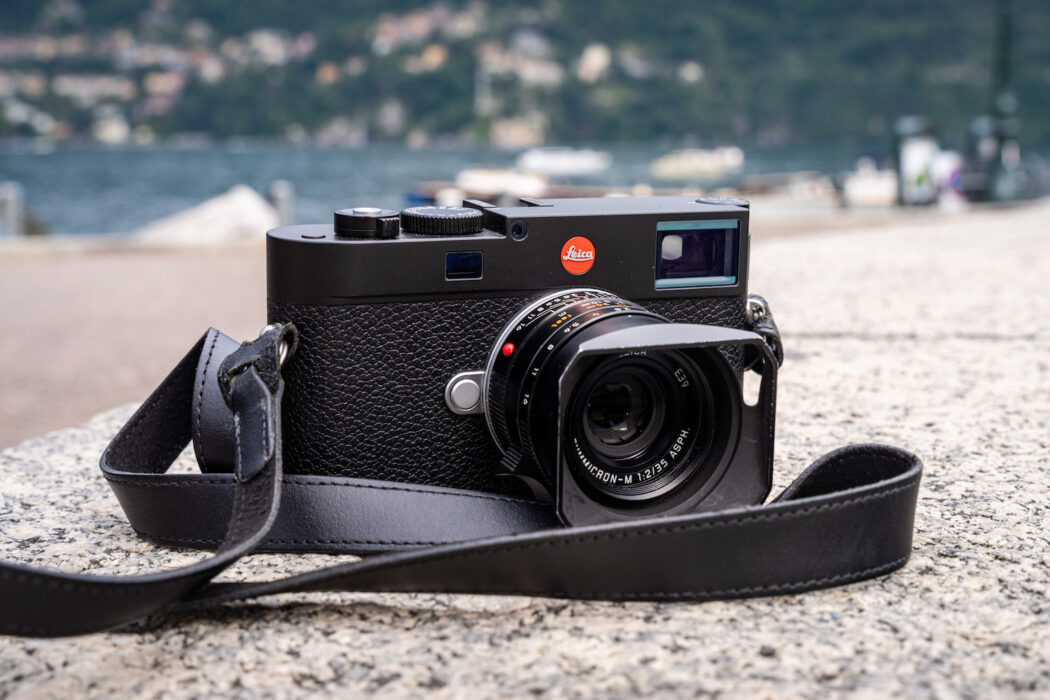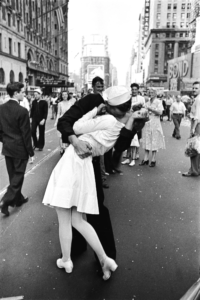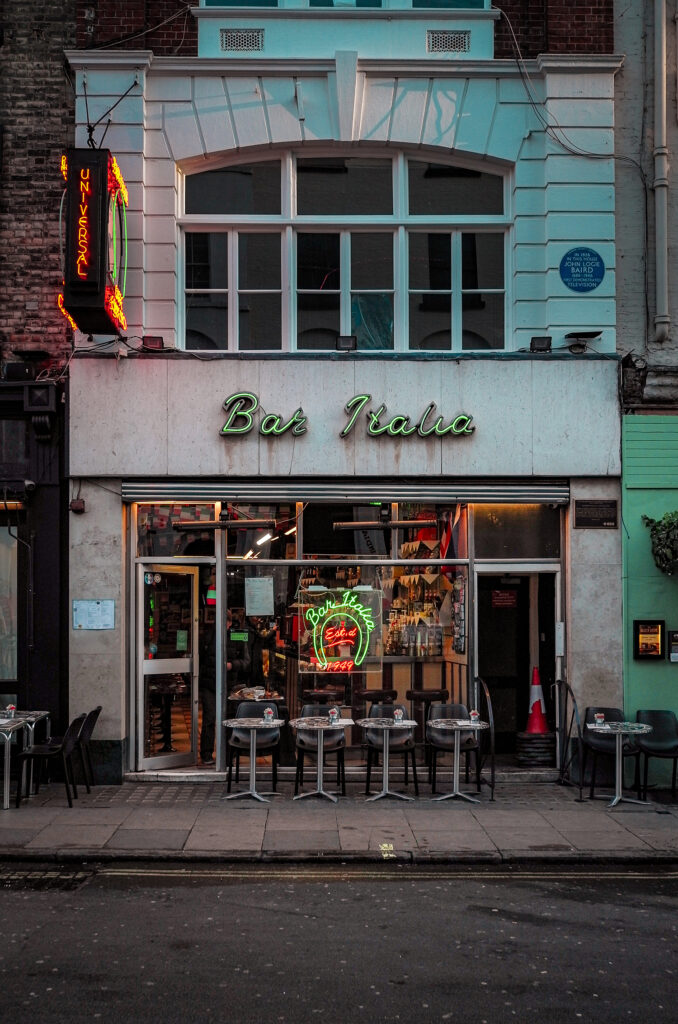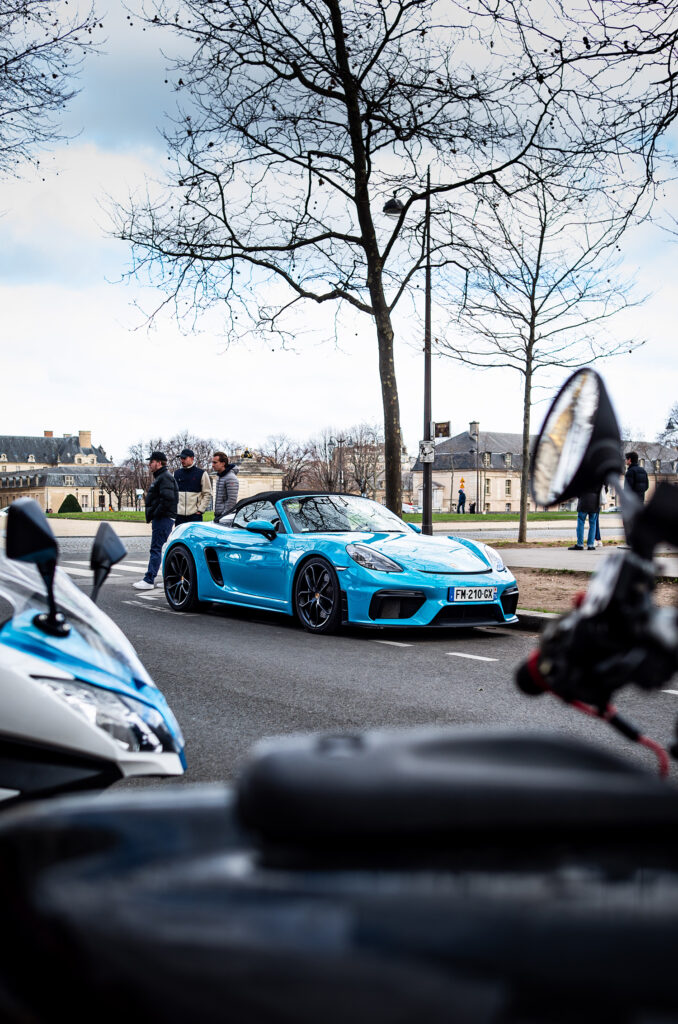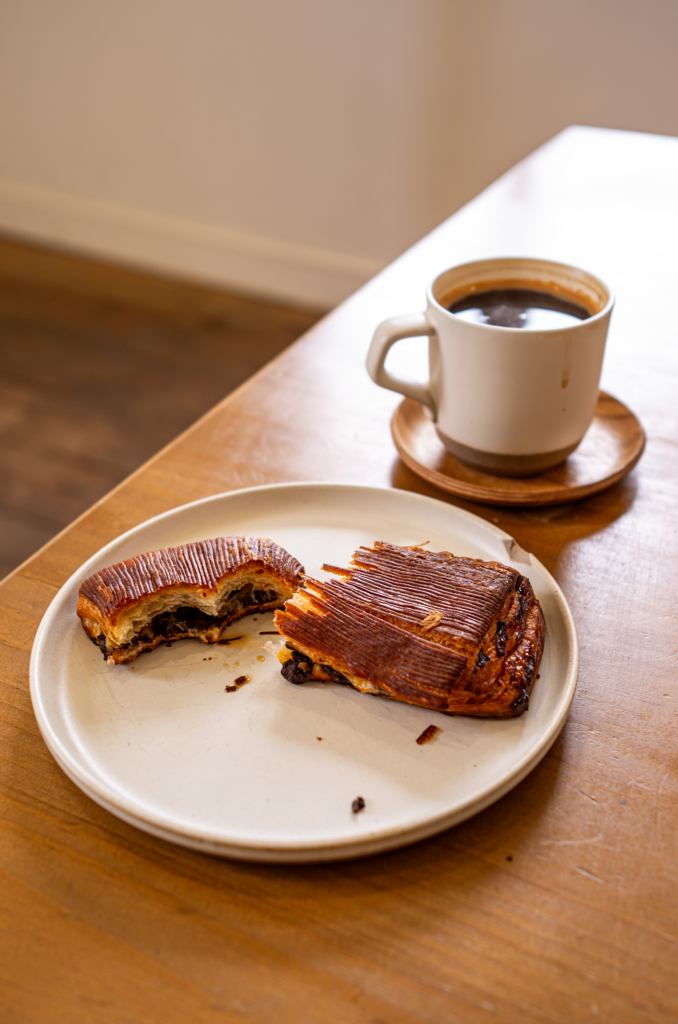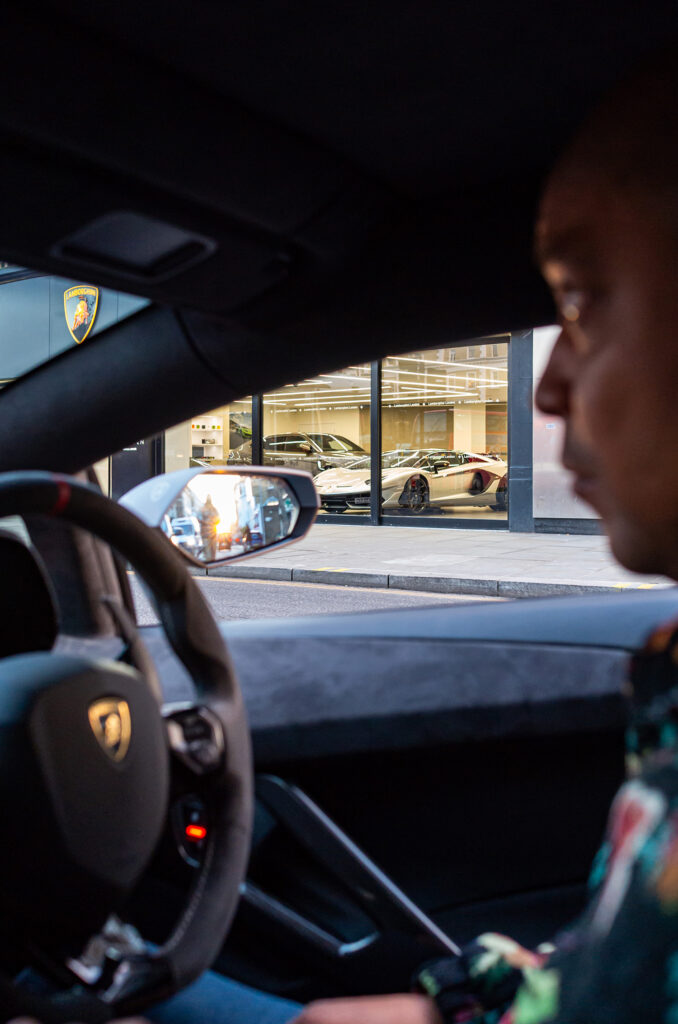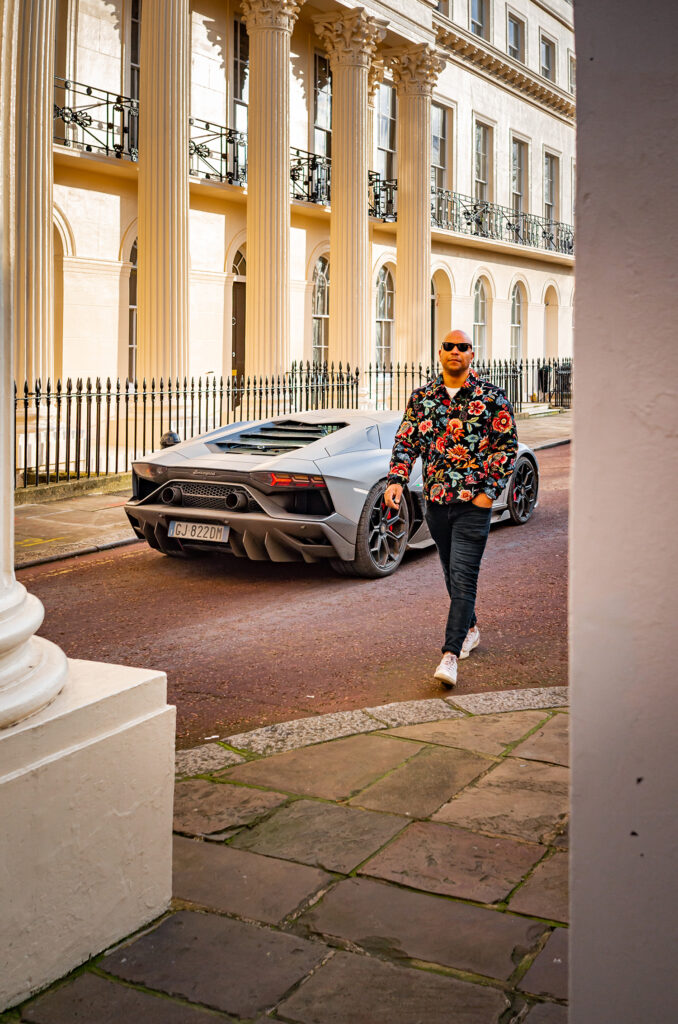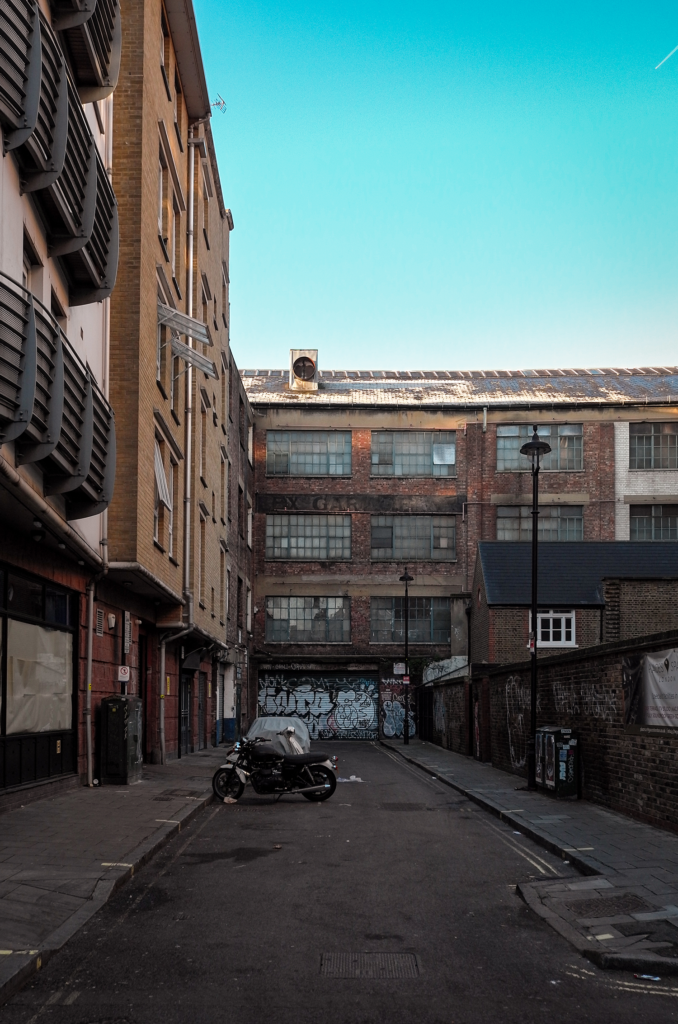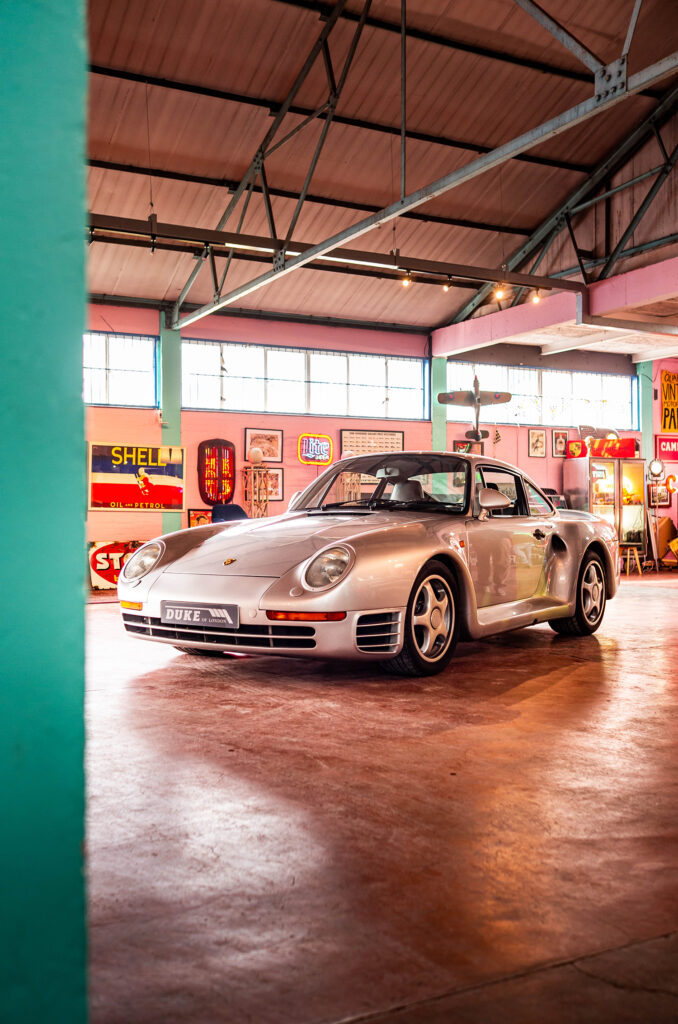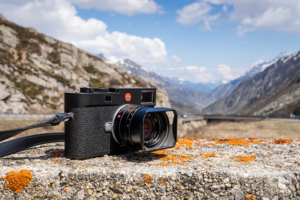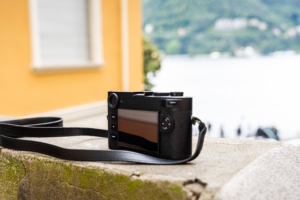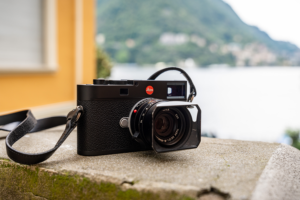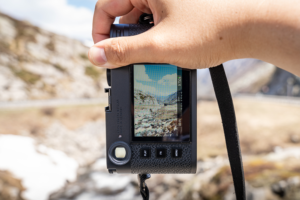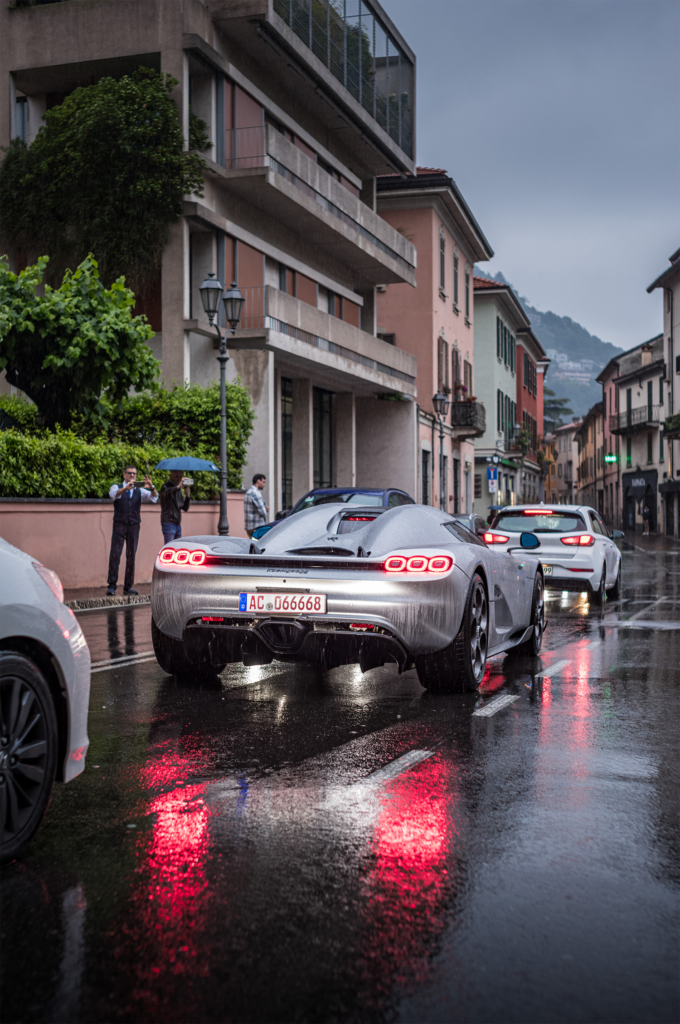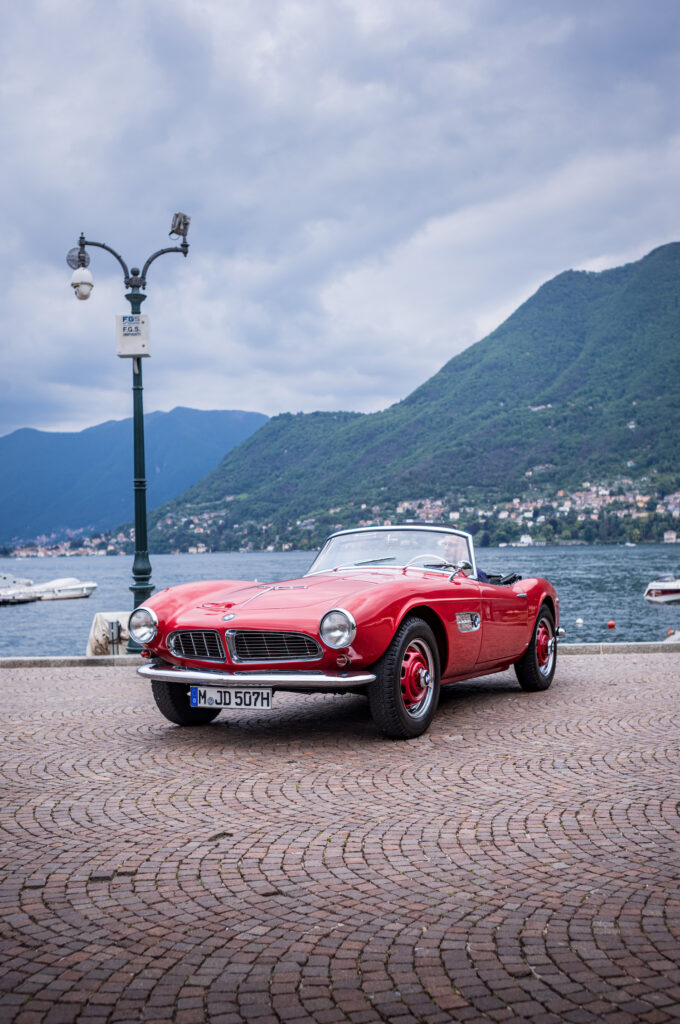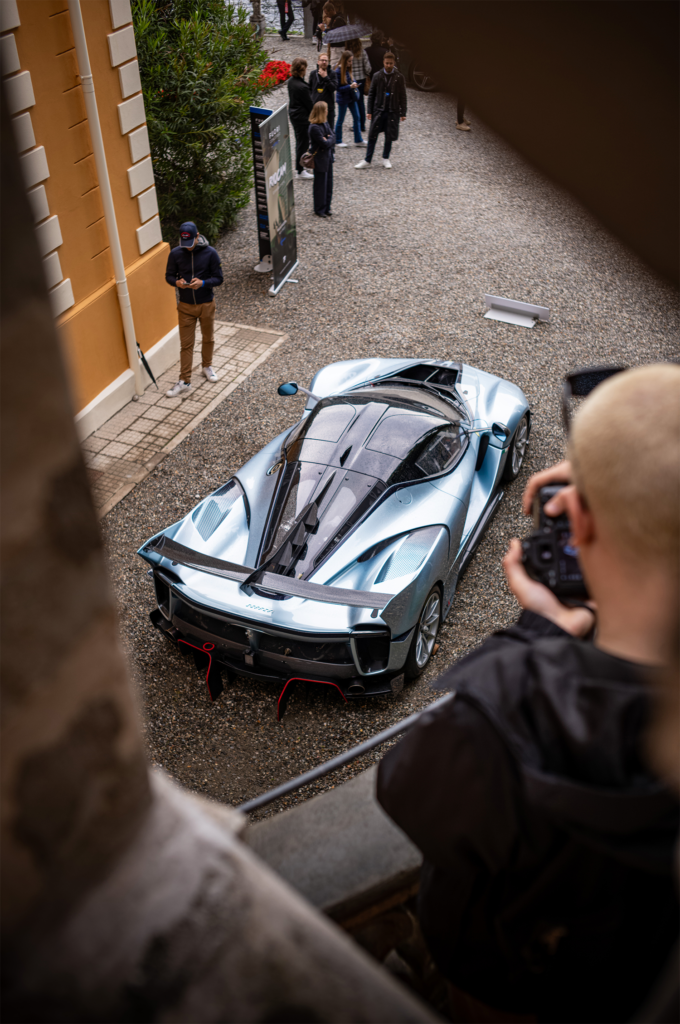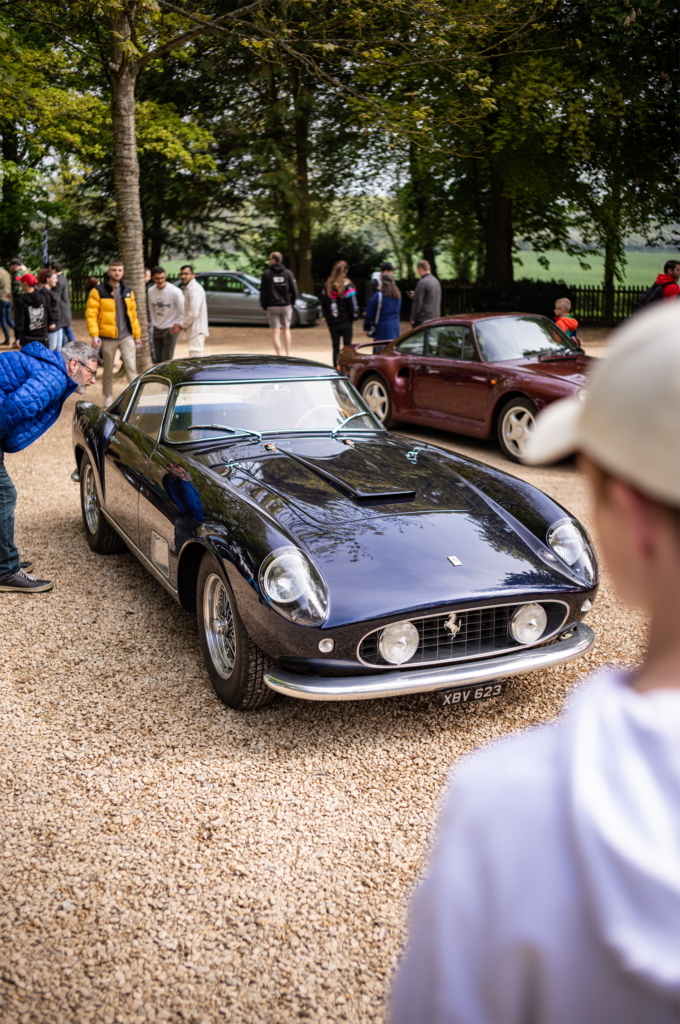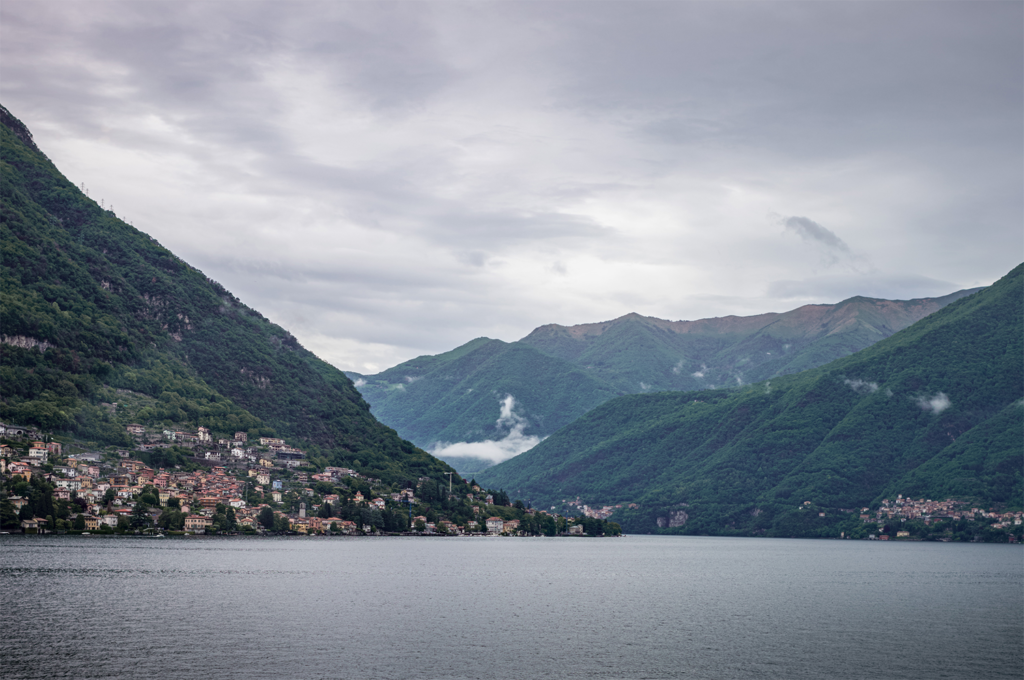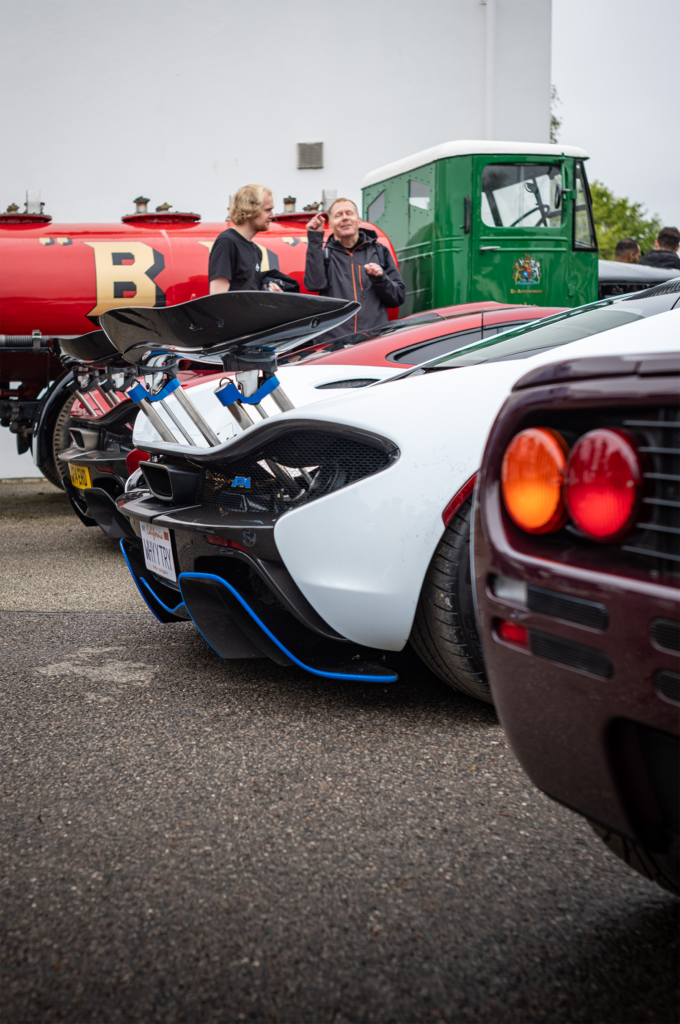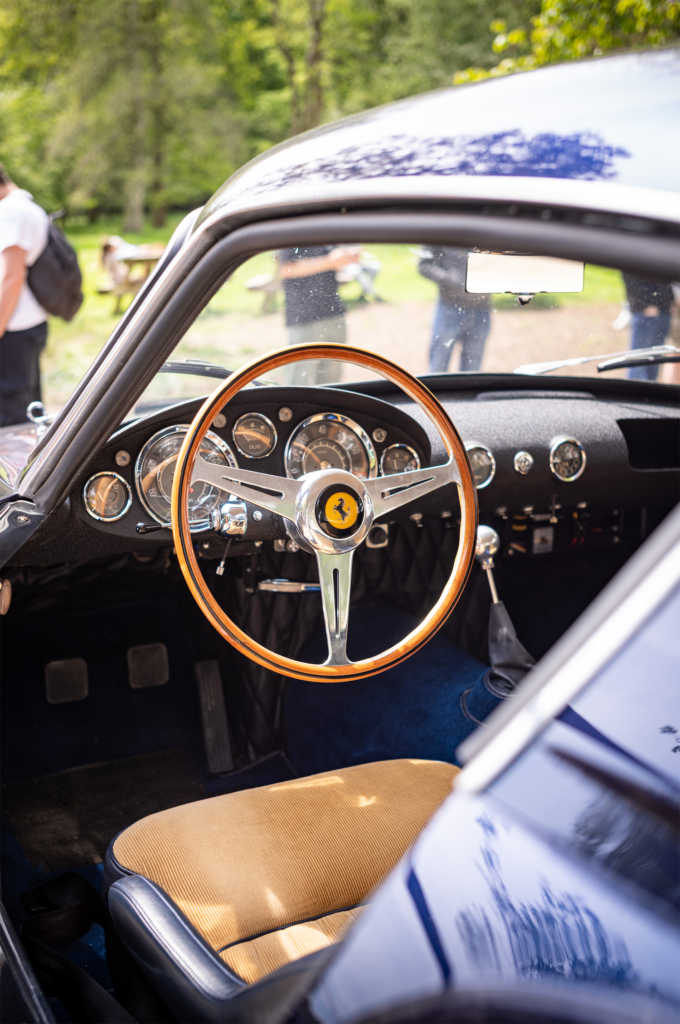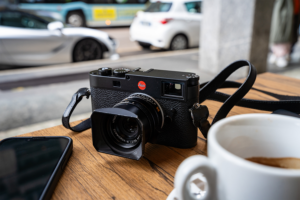The name Leica, to some, may fall on deaf ears. Some may know the legendary German optical specialists through their various mobile phone collaborations with Huawei and Xiaomi. Others may even recognise the iconic red dot when scrolling through Pinterest boards or Instagram feeds in pursuit of a vintage aesthetic. To your average person, Leica may not be a brand which immediately comes to mind when discussing cameras. Leica operates at a higher calibre than the vast majority of camera manufacturers simply because it’s not aimed at the average person.
For me, the name Leica is synonymous with documentary photography. In my previous life as a photography student, I often had to research images, critique and understand the composition of shots, and pull out subtext from manipulated or constructed images – all things which now form part of my subconscious. Documentary photography is the art in its rawest form; you cannot construct the poignant stills that come from acts of God or the devastation of conflict.
READ THE FEATURE IN THE CILLIAN MURPHY EDITION HERE
A glaring example of this kind of emotion being instilled in an image is ‘V-J Day’ by Alfred Eisenstaedt. Shot on a Leica IIIa, Eisenstaedt perfectly captures a sailor and a nurse kissing in New York’s Times Square on August 14th, 1945. A spontaneous moment in time which stood still as the world around it was celebrating the end of the war. A moment which has since been recreated countless times in movies and even commemorated in the form of a 26-foot-tall statue.
Leica was founded in 1869 in Wetzlar, Germany by Ernst Leitz. The name Leica derives from a combination of the words, Leitz and Camera. Leica cameras were known for image and build quality and became so popular that in 1986, Leitz officially rebranded to Leica. The Leica Hall of Fame spans royalty (some literal) and those highly regarded in their respective fields. Including the late Queen Elizabeth II, Annie Leibovitz, David Bowie, Lenny Kravitz and Lisa from BLACKPINK.
Owning a Leica for me had always been a dream of mine. Rewind to 2012, I was a teenager scrolling through Tumblr (back when that was a thing), seeing photos of Leica M9s staged on wooden tables with artificial plants and Starbucks iced coffees. The rich kids would take black-and-white mirror selfies with them – because what else would you do with a $7,000 camera? Back then, I wanted to be that rich kid. A Beats by Dre-listening, Supreme hoodie and Jordan III-wearing, Leica shooter with a MacBook Pro that had a light-up Apple logo. The 2012 American Dream. Questionable fashion choices aside, I finally became that kid when my Editor bestowed me with his 2015 Leica X Typ 113, which he hadn’t used in years.
I love shooting with the Leica X. It’s a back-to-basics point-and-shoot camera which produces stunning images, even by today’s standards. But there’s no getting away from the fact that technology has vastly improved from eight years ago. That’s why I reached out to Leica to test out its flagship M model, the M11.
At first glance, not much has changed aesthetically since the ’50s. The M11’s body is a full-metal housing composed of magnesium, a brass top plate and a black leatherette cover providing reassurance of build quality whilst dismissing any concerns of fragility. The M11 provides the same satisfying heft that you get from wearing a Rolex Submariner or slamming the door of a G Wagon; it’s weighty but a small price to pay for superior build quality. On the back, there’s a 2.95” touchscreen to help you navigate the plethora of menus that can be found within. Inside the M11 you’ll find a 60.3-megapixel mirrorless sensor and Leica’s latest Maestro III processor, ensuring the M11 never skips a beat whilst maintaining optical superiority.
The M11 I was testing was finished in matte black and paired with a Summicron-M 35mm f/2 ASPH lens, a focal length that is forged in Leica’s history, given that the first-ever 35mm compact camera was created and developed by Leitz. The black variant of the M11 swaps the classic silver brass top plate for a scratch-resistant Matte Black aluminium one, resulting in a 20% weight saving which is key for daily shooting.
Frequent use of the M11 forced me to completely change my mindset before releasing the shutter. When I’m usually on assignment, I have a set list of shots I need to get and often shoot strategically. I can picture a finished image in my head before I’ve shot it – as long as my settings are correct, the focus point is set and the autofocus on my lens works. However, with the M11, that isn’t an option.
The ‘M’ in M11 stands for ‘Messsucher’ (German for ‘range finder’), and is a signature feature across all M models since the original M3 launched in 1954. The range finder, paired with only having manual focus at my disposal, made me reminisce about my photography student days. The M11 experience blurs the lines between using a film camera and a mirrorless one. It provides that analogue look and feel when taking a picture yet provides the instant gratification of being able to review your images there and then. If you’re like me and often find yourself needing to shoot and edit photos quickly, don’t fear. The M11 is a certified ‘Made for iPhone/iPad’ product meaning you can plug the M11 directly into your iPhone or iPad via USB-C to import, review and edit your images on the go. You can also use Leica’s FOTOS app with the M11’s inbuilt Wi-Fi and Bluetooth functions. However, due to the large file size, the data transfer rate can be wanting to say the least.
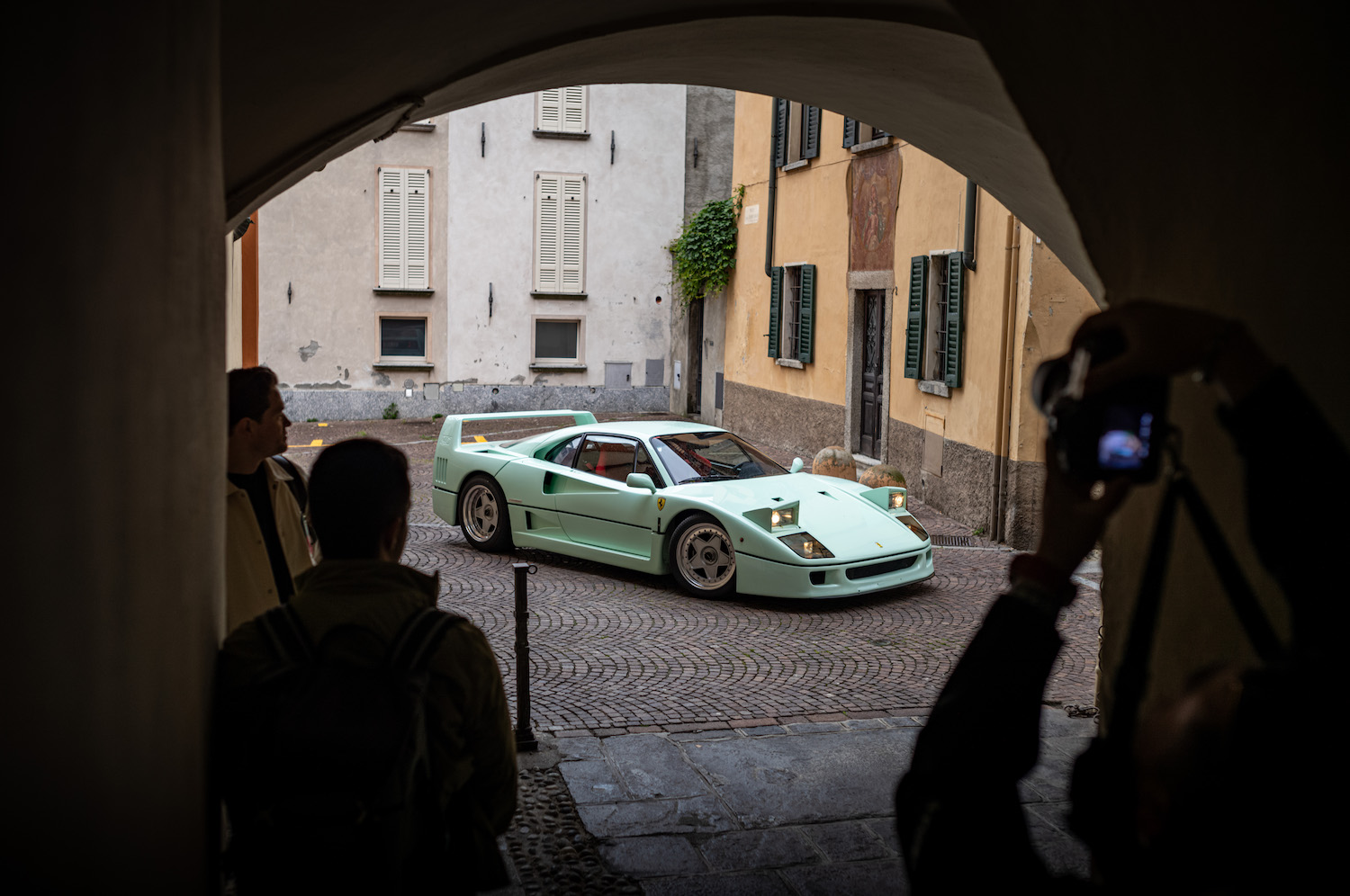
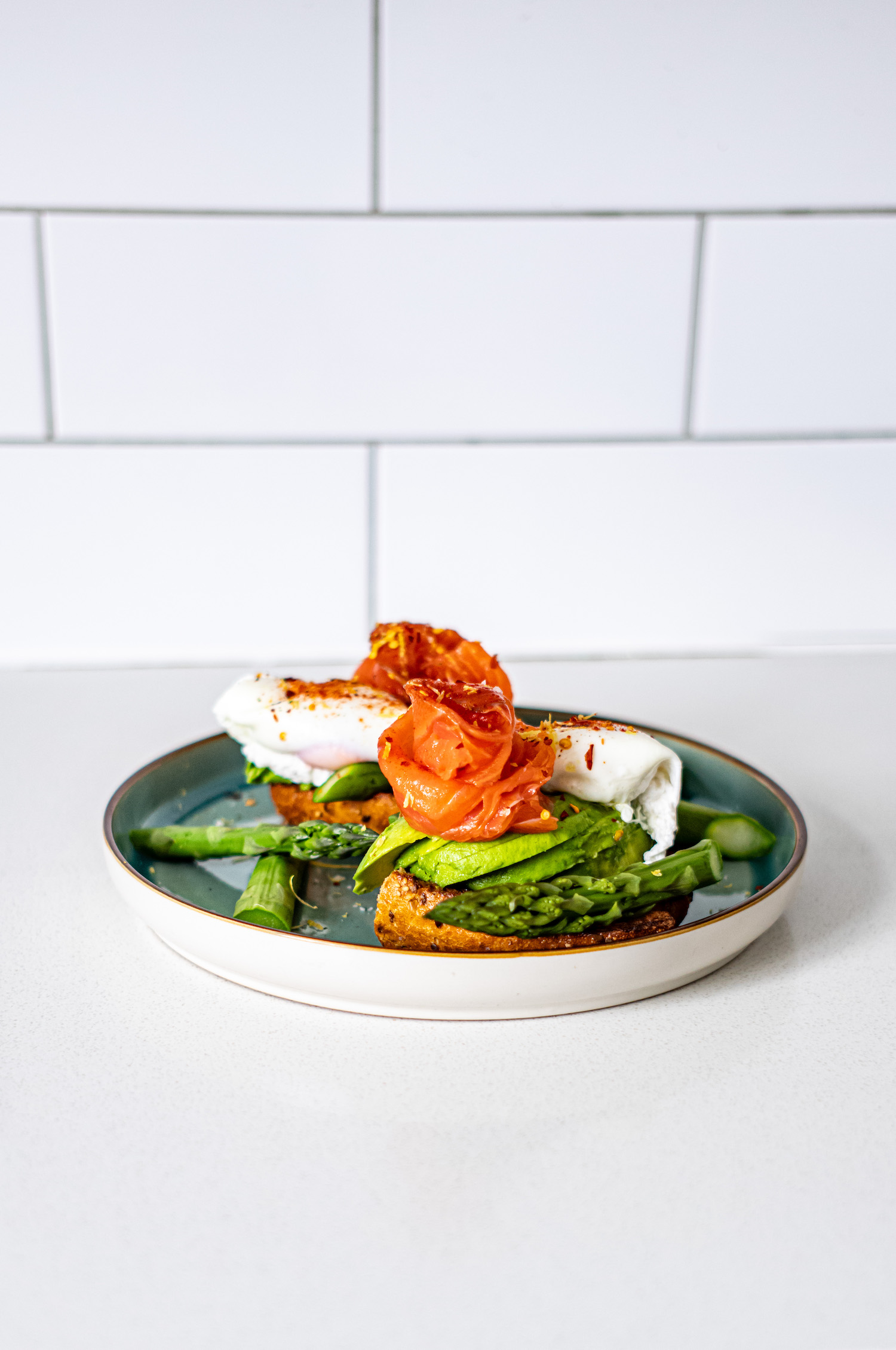
The images produced by the M11 are unparalleled, providing colours and tones which only those who wield the power of the red dot are familiar with. The Summicron-M 35mm f/2 ASPH produced a buttery smooth shallow depth of field; its only hindrance being the 0.7-meter minimum focusing length. Do not be mistaken, this is not a point-and-shoot experience. Shooting with an M11 is akin to choosing to drive a Singer 911; it retains the classic look whilst having all-new modern internals. It’s manual, and as such gives you an experience rarely found in an automated world. You need to truly consider yourself a fully-fledged photography enthusiast – one who is comfortable with manually adjusting all the settings on your camera – to consider this investment. If you’re looking for a classic experience, Leica also offers M models that use film. Of course, if like me you aren’t opposed to a more automatic experience, Leica’s highly anticipated and recently unveiled Q3 might be more your speed.
Having spent a month with the M11 being my secondary camera across shoots in Europe, there’s something to say about the Leica ownership experience. Owning a Leica isn’t just about taking striking images, it’s being a part of an unspoken club that few belong to. Being seen with a Leica on your person evokes conversations with those who can also appreciate high-quality craftsmanship. I’ve only ever had similar interactions with strangers when driving luxury cars or wearing Swiss-manufactured watches.
In essence? The M11 is more than a camera. It’s a statement which lets onlookers know that you value modern technology and the nostalgia that a film camera brings in equal measure.

